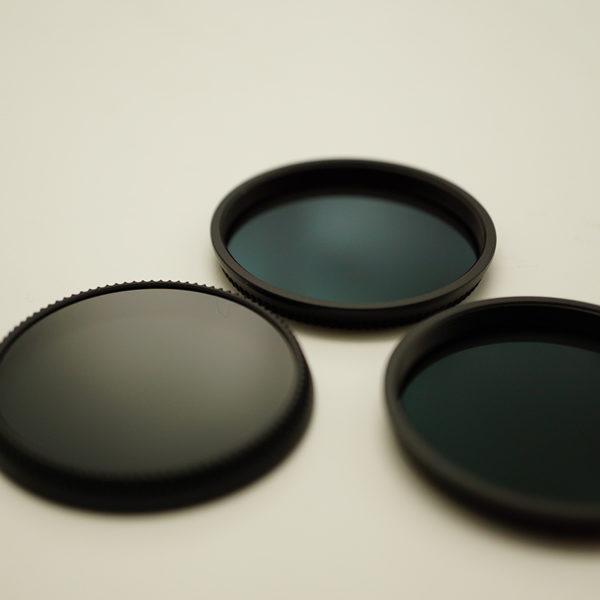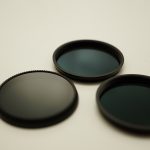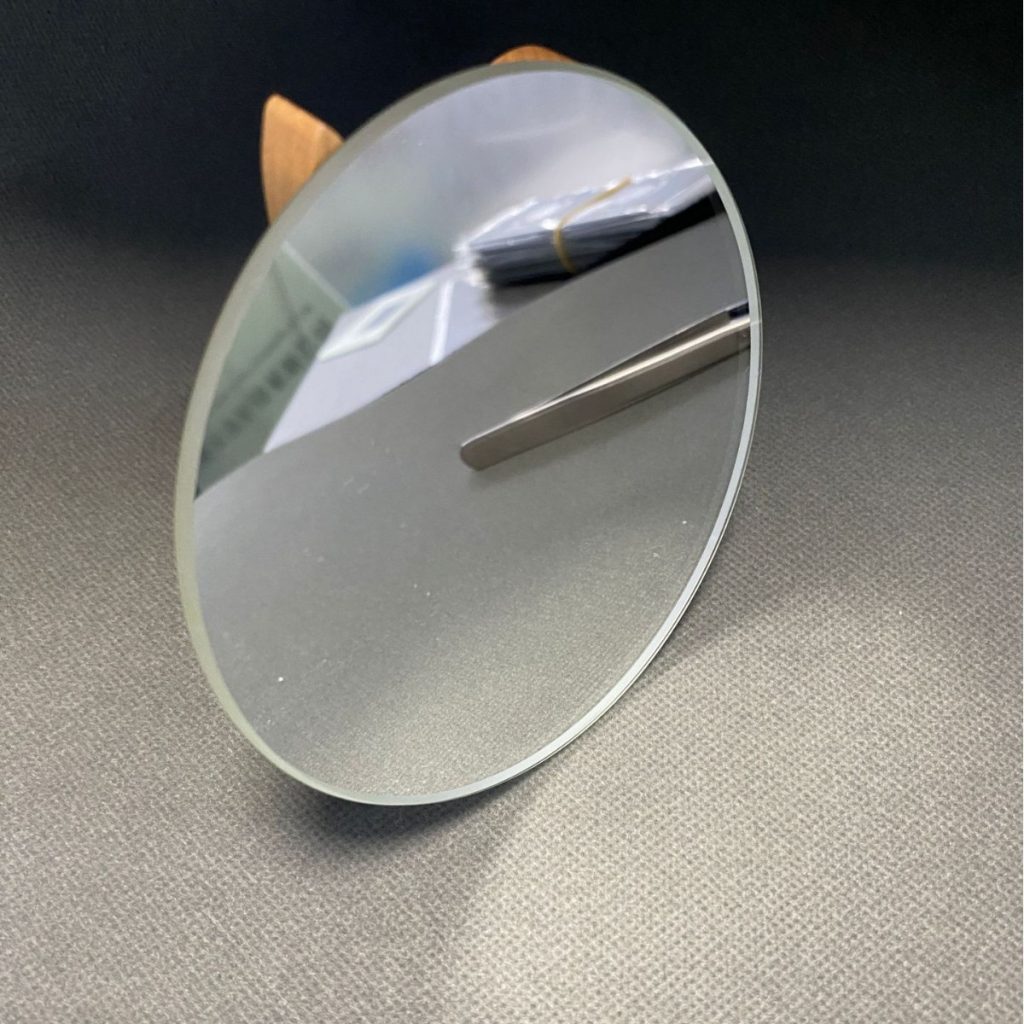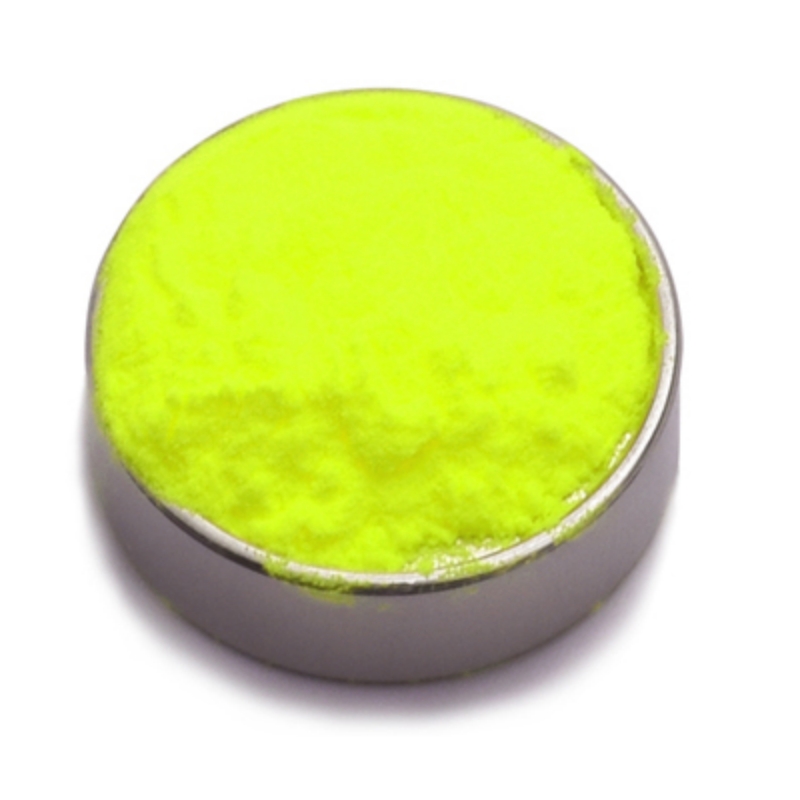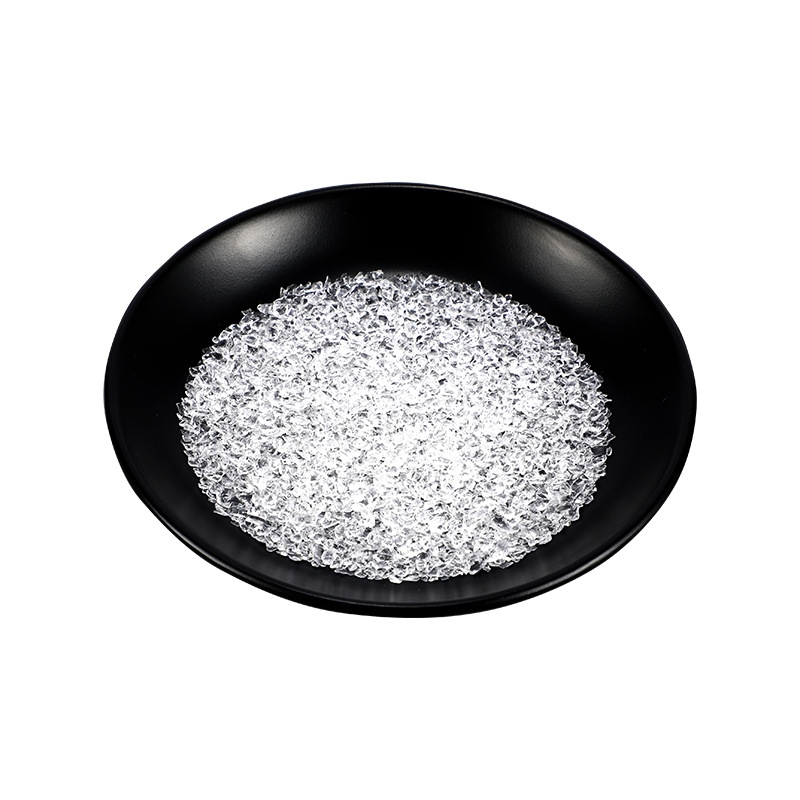A polarizing filter is a specialized optical component designed to selectively block or transmit polarized light, reducing reflections, enhancing contrast, and improving image clarity. Manufactured from high-quality optical materials with precision coatings, it effectively minimizes glare from non-metallic surfaces such as water, glass, and foliage while enhancing color saturation and depth. Widely used in photography, cinematography, scientific instrumentation, and industrial imaging, polarizing filters provide superior optical performance for professional and technical applications.
Product Overview
A polarizing filter is an optical element that changes the direction of light wave vibrations. It can convert incident light, composite light, or monochromatic light into linearly polarized light, and then completely extinguish the light through the filter. Polarizing filters exhibit excellent extinction and transmittance properties and are widely used in fields that require control over the polarization state of light. With precise optical treatment, polarizing filters can finely control the polarization degree of light without affecting its other characteristics.
Key Features
- High Light Transmittance: Polarizing filters typically offer high transmittance, often reaching 41.5%, making them suitable for various optical applications.
- Excellent Extinction Ratio: With an extinction ratio of over 99.8%, polarizing filters effectively eliminate unwanted light.
- Flawless Surface: The surface is free from defects like blemishes, scratches, or chipped edges, ensuring unaffected optical performance.
- High Reliability: The filter is free from defects such as delamination, gravity flaws, impurities, or air bubbles, ensuring high quality and stability.
- Precise Polarization Effect: Capable of precisely converting light into linearly polarized light and achieving efficient optical control through extinction.
Applications
- Optical Instruments: Widely used in optical experiments and equipment such as polarimetric light quantification and photomechanics.
- Glass Manufacturing: Used in the optical control process of glass manufacturing to improve the optical properties of the finished product.
- Gravitational Analysis: Applied in precision gravitational measurements, filtering out interfering light sources.
- Automotive Industry: Used for optical control in automotive glass manufacturing and window applications.
- Gemstone Identification: Helps determine the physical properties of gemstones during gemological analysis.
- Cameras: Used as camera accessories to enhance image quality, eliminate reflections, and reduce glare.
- Other Optical Applications: An essential optical element in various polarizing optical instruments.
 new material
new material

